Graphene-Porous Materials for Efficient CO2 Capture: Latest in Nature Energy
First Author: Kuang-Jung Hsu
Corresponding Author: Kumar Varoon Agrawal
Affiliation: Swiss Federal Institute of Technology Lausanne (EPFL)
Paper Overview
Membranes based on porous two-dimensional (2D) selective layers hold the potential to achieve outstanding performance, enhancing energy efficiency and reducing the costs associated with carbon capture. Currently, the separation of molecules typically relies on differences in molecular weight or size, but achieving high permeability and selectivity for carbon dioxide (CO2) adsorption remains a challenge.
This study explores the technology of membranes based on porous 2D selective layers to improve CO2 capture performance, thereby enhancing energy efficiency and reducing carbon capture costs. The research found that exposing oxidized monolayer graphene to ammonia at room temperature can introduce pyridinic nitrogen at the pore edges, enabling highly competitive yet reversible binding of CO2. This technique demonstrated an excellent CO2/N2 separation factor (average of 53) and CO2 permeability (average of 10,420 GPU) in gas streams containing 20 wt.% CO2. Moreover, for dilute (around 1 wt.%) CO2 streams, the separation factor exceeded 1,000, showcasing the potential of the membrane material for carbon capture from various point sources.
Figures and Descriptions
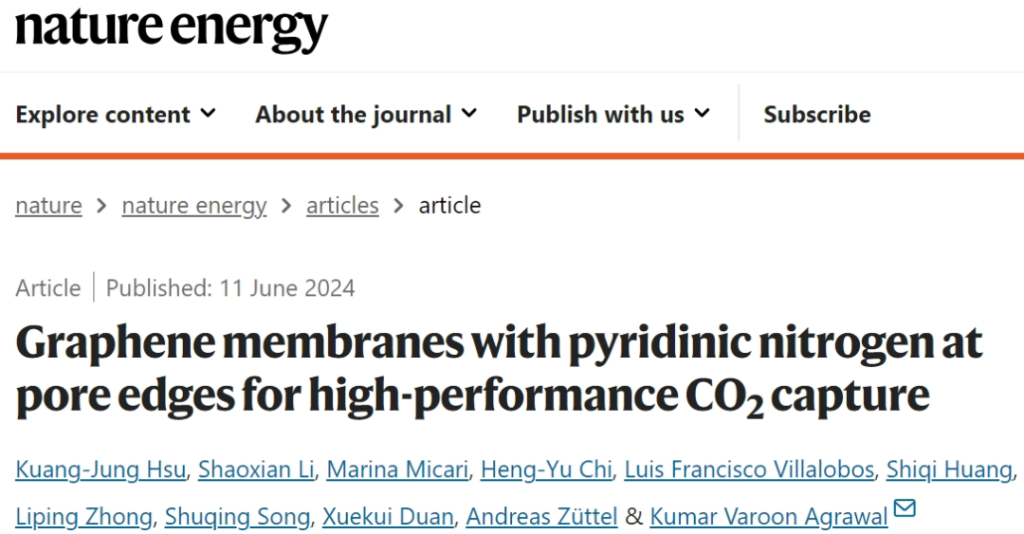
Figure 1: The CO2 adsorption process on pyridinic nitrogen-doped graphene.
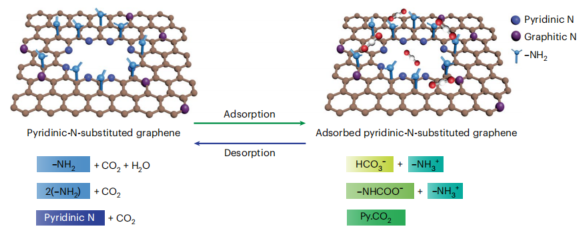
Figure 2: Adsorption of CO2 on pyridinic-N-substituted graphene.
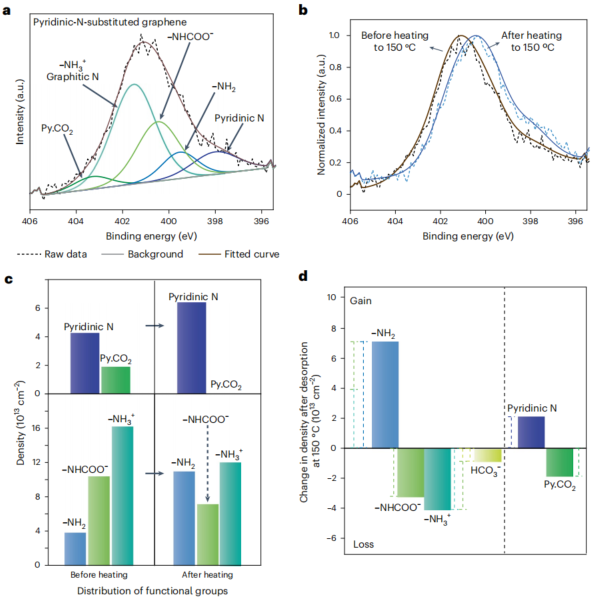
Figure 3: Quantitative reversible CO2 adsorption on pyridinic-N-substituted graphene.
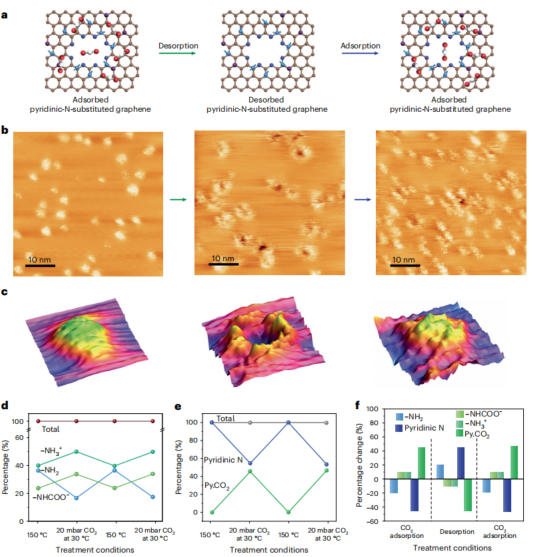
Figure 4: EDS and Raman spectroscopy confirm the presence of nitrogen functional groups in pyridinic-substituted graphene.
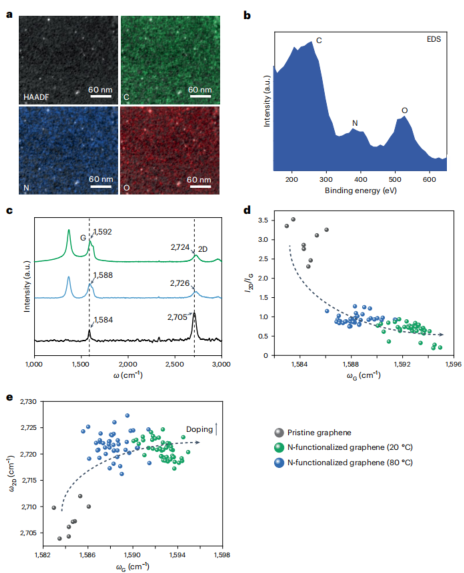
Figure 5: CO2 adsorption and gas transmission performance of pyridinic-substituted graphene.
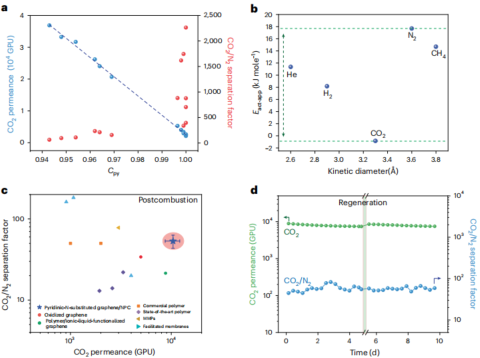
Figure 6: Carbon capture performance of pyridinic-N-substituted graphene.
Summary and Outlook
This study developed a graphene membrane with 2D pores by introducing pyridinic nitrogen atoms at the pore edges, significantly enhancing CO2 adsorption capacity and selectivity. Experimental results showed that the membrane exhibited a CO2/N2 separation factor exceeding 1,000 in dilute CO2 streams, with CO2 permeability reaching up to 10,420 GPU.
These findings not only demonstrate the potential application of membrane technology in carbon capture but also provide new directions for developing high-performance adsorbents, sensors, and catalysts. The research further indicates that this membrane technology is highly scalable, with the potential for application in large-area samples.
Reference
Title: Graphene membranes with pyridinic nitrogen at pore edges for high-performance CO2 capture
Journal: Nature Energy
DOI: 10.1038/s41560-024-01556-0
Source: Graphene Alliance

